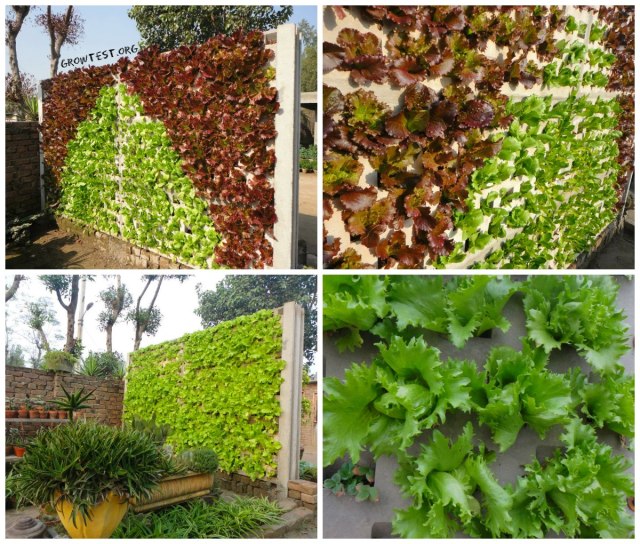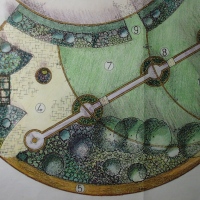
Winter Jasmine looking good
I wish all my blog followers and casual readers a very Happy 2020!!
Though a little hampered by arthritis, and lots of other stuff going on, I can look back to last year with some pleasure at what I’ve achieved…both in Old School Garden (like my new shed!) and in supporting others in their endeavours, most notably the Papillon Project, creating allotments at High Schools across Norfolk.
I’ve said before, you might think that January is a month when there’s not much to do in the garden; well there are some useful things you can get stuck into. So here are my top ten tips (with a ‘grow your own food’ angle and with thanks to various websites):
Chitting potatoes- probably only worth doing for first or second earlies. Place tubers with blunter ends upwards (the ones with most ‘eyes’) and place in trays in a cool but well- lit place towards the end of the month.
1. The answer is in the soil.
Remove all plant debris, to reduce the spread of disease and pests. If you need to, continue preparing ground and digging beds ready for next season, but only if the ground is still workable (don’t dig if the soils is wet or heavily frosted).
2. Don’t let the rot set in.
Check your stored fruit and vegetables carefully, for rot will pass easily one to another. Empty sacks of potatoes, checking them for rot and any slugs that might have been over-wintering unnoticed. Your nose is a good indicator, often you will smell rot even if it is not immediately apparent to the eye! Also check strung onions- rot usually starts from the underside of the onion.
3. Enjoy your winter veg.
Continue harvesting Brussels sprouts, cauliflower, cabbages, celeriac, celery, chard, endive, kale, leeks, parsnips, turnips, winter lettuce, winter spinach, turnips. As you harvest brassicas, dig up the stems and turn the ground over. Because the compost heap will be cold and slow at this time of year, you can always bury these in the bottom of a trench along with some kitchen waste to prepare for the runner beans later in the year.
Red cabbage- lovely sliced and steamed with apple and onion in a little water, wine vinegar and sugar…
4. Get ahead of the game.
Continue to sow winter salad leaves indoors/ under glass/ cloches- make your stir fries and salads more interesting with easy-to-grow sprouting seeds. If not already done and the weather is mild, plant garlic, onion sets and sow broad beans (e.g. Aquadulce ‘Claudia’) for early crops. Order or buy seed potatoes and start chitting (sprout) seed potatoes. Herbs are easy to grow on your windowsill and provide fresh greens all year round.
5. Not mushroom?
It’s surprisingly easy to grow your own mushrooms – try growing a mushroom log in your garden or alternatively grow some indoors using mushroom kits.
6. Rhubarb, Rhubarb.
Consider dividing well established plants, and at the first signs of growth, cover to exclude light if you want ‘forced’ rhubarb over the next couple of months (growing the variety ‘Timperley Early’ may mean you get rhubarb in February anyway).
7. The hardest cut.
Continue pruning out dead or diseased shoots on apple and pear trees, prune newly planted cane fruit, vines and established bush fruit if not already done. Continue planting new fruit trees and bushes if the soil conditions allow. If the ground is too waterlogged or frozen, keep bare rooted plants in a frost free cool place ensuring the roots don’t dry out.
8. Clean up.
If not already done, make sure your greenhouse is thoroughly cleaned inside and out and that any seed trays and pots you plan to use are also cleaned and inspected for pests- e.g. slugs and snails.
9. Fail to plan and you plan to fail.
Plan out what you are going to grow in the coming season and order seed catalogues.
 10. Put your back into it.
10. Put your back into it.
If you must dig, look after your back- remember to warm up and limber up before you do anything strenuous and try to bend your knees to ensure your legs take the strain – and not your back!
Old School Gardener





















